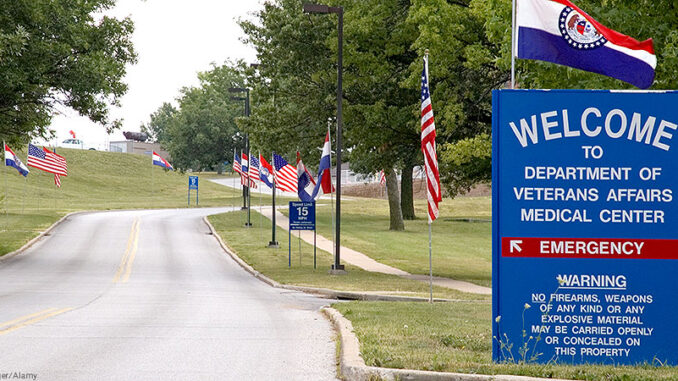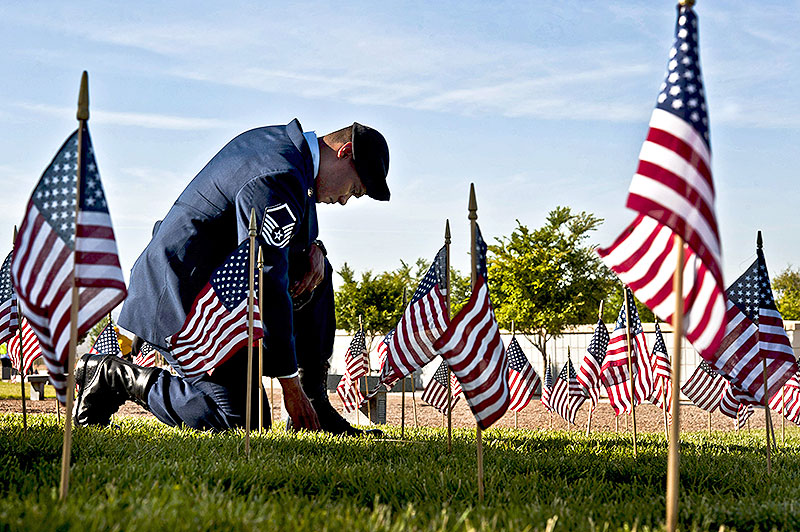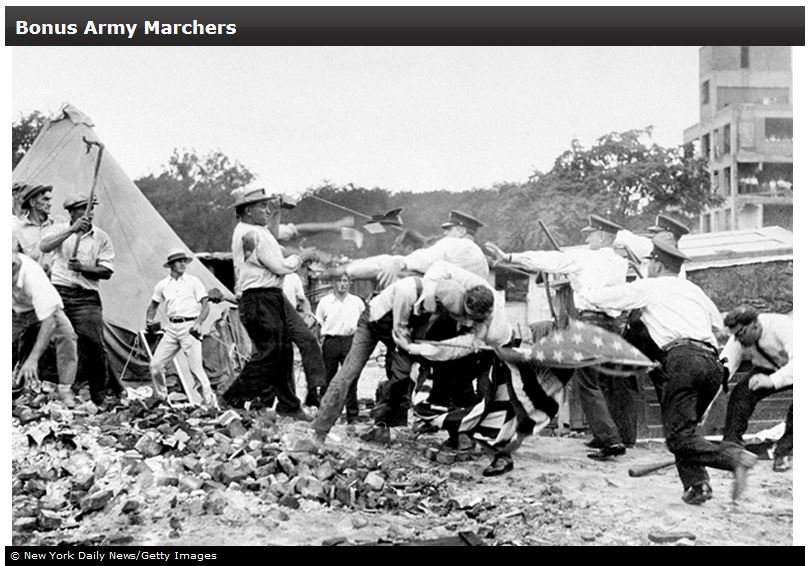

As more and more troops return home from the Middle East, many of them are in need of the services provided by the United States Department of Veterans Affairs (VA). But the department designed to support those who serve our country has become plagued with allegations of inefficiency and scandal, leaving many to question its ability to properly serve our service men and women.
A Brief History
Providing care for veterans in the United States dates back to the American Revolutionary War. The government provided pensions to soldiers who had been disabled in combat. By the Civil War, those benefits were expanded to include families. In 1930, an act of Congress established the Veterans Administration, and expanded it into a cabinet-level department in 1988, due to the large number of Americans eligible for services. (You can learn a more comprehensive history of the U.S. Department of Veterans Affairs by following this link.)
The Veterans Health Administration (VHA) is a subdivision of the VA and is considered one of the largest health care systems in the world. The network includes more than 1,700 facilities, including hospitals, outpatient clinics, and nursing facilities.
Plagued by Troubles
The VA has a long history of questionable practices. Before it became an official department, the department was accused of corruption. In the 1930s, World War I veterans led a march on Washington to protest war bonuses that were promised but never issued.

In the 1940s, two successive heads of the Department of Veterans Affairs were publicly criticized for an overall lack of adequate facilities and limited services. Reform commissions employed in the 1950s found widespread waste, bureaucratic duplication and poor care. Continued investigation in the 1970s uncovered continuing neglect and an increase in patient loads. In the 1980s, Congressional investigators found that VA officials had misused funds allocated to help Vietnam vets readjust to society, and that a number of VA physicians had sanctions issued against their medical licenses. Despite the elevation of the VA to cabinet-level in the late 1980s, the agency continued to be dogged by the same criticism in addition to an ever-growing backlog of claims that continues today.
Last year, President Obama ordered a White House investigation into allegations of fraud. Long patient wait times was of particular concern, especially those that led to preventable deaths. Inaccurate (or fraudulently enhanced) data was another point of scandal. In August, the President signed legislation to fund a major reform of the Veterans Health Administration. Nineteen executive actions were announced. These include efforts to improve the transition between military and civilian life, recruiting exceptional medical professionals, increased access to mental health care, and making the VA more accountable.
Moving Ahead with Hope
Nearly a year later President Obama, along with Veterans Secretary Robert McDonald, visited a VA hospital in Phoenix, Arizona to assess progress. They reported that the backlog of disability claims has been considerably reduced, and that ninety percent of vets are now getting appointments within fourteen days. Some are suspicious of the validity of these findings because “fake data” was a major factor in the scandal. But supporters are hopeful about the future of a reformed VA.
